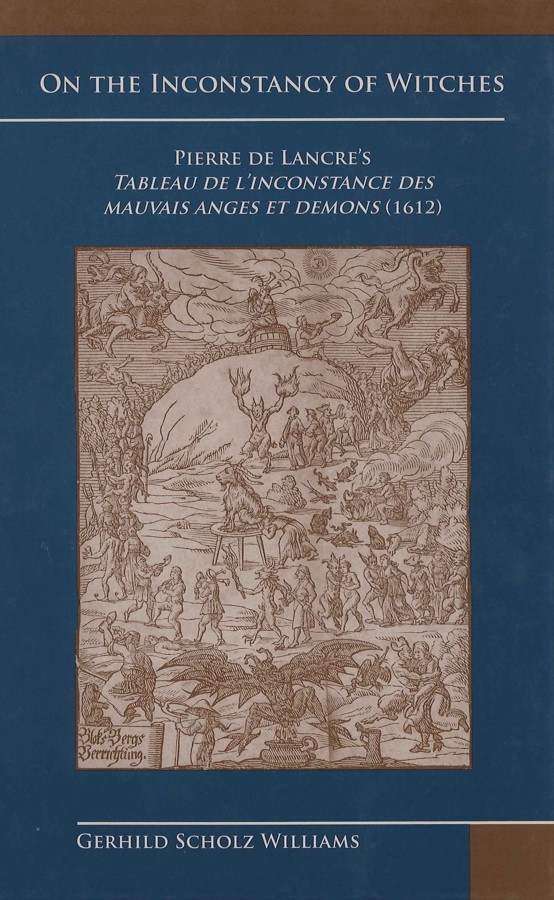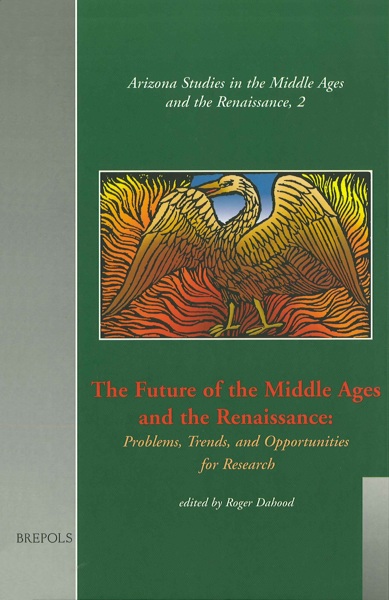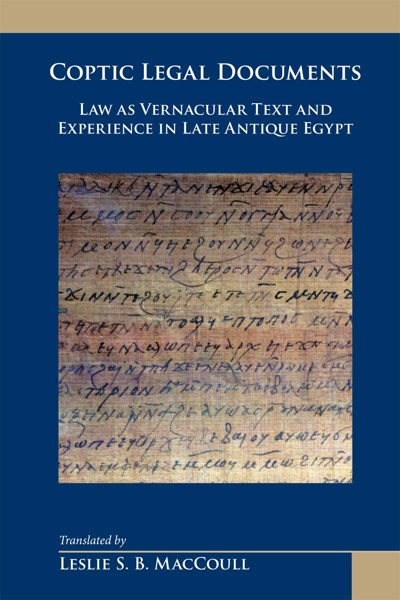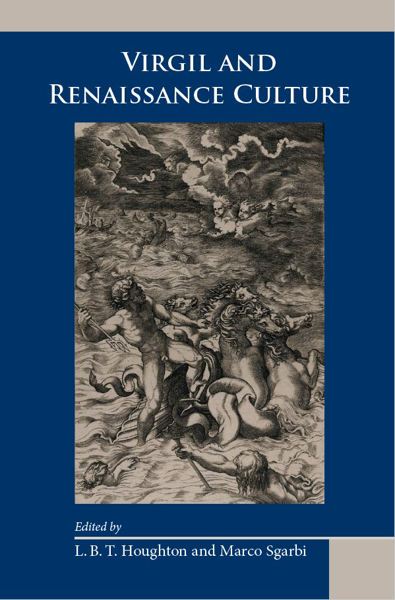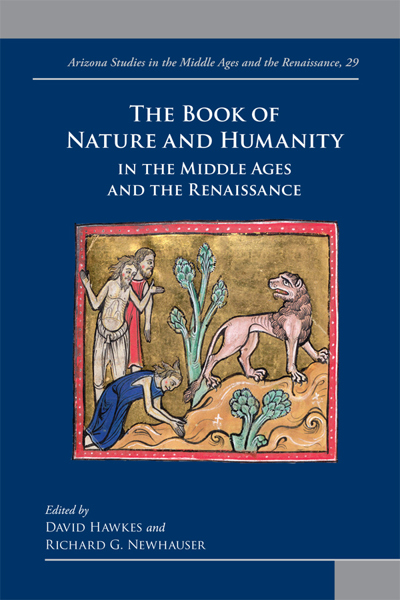
On the Inconstancy of Witches:
Pierre de Lancre's Tableau de l'inconstance des mauvais anges et demons (1612)
Gerhild Scholz Williams (ed)
- Pages: 586 p.
- Size:150 x 230 mm
- Language(s):English
- Publication Year:2006
- € 40,00 EXCL. VAT RETAIL PRICE
- ISBN: 978-2-503-52294-4
- Hardback
- Temporarily Out of Stock
- € 40,00 EXCL. VAT RETAIL PRICE
- ISBN: 978-2-503-61598-1
- E-book
- Available
English translation of the demonology Tableau de l’inconstance des mauvais anges et demons (1612), an important text in the early modern European witch persecutions and one of the most detailed accounts of the witches’ Sabbath that survives. The text gives an expert and meticulous account of the Basque people, their lives, their culture, and their alleged commerce with Satan and ‘bad angels’.
The demonology Tableau de l’inconstance des mauvais anges et demons (1612) is an important text in the early modern European witch persecutions (sixteenth and seventeenth centuries). It is a report of the author’s four-month stay in the Labourd (Basque) region of France, situated in the extreme southwest corner bordering Spain and Navarre. De Lancre was there as part of a commission empowered to cleanse the region of witches. This narrative is based on his own experiences and trial records now lost. This text contains one of the most detailed accounts of the witches’ Sabbath that survives. An ethnologist before his time, de Lancre gives an expert and meticulous account of the Basque people, their lives, their culture, and their alleged easy commerce with Satan and 'bad angels'. The text was translated into German in a truncated version in 1630, but has never until now been rendered into English.

